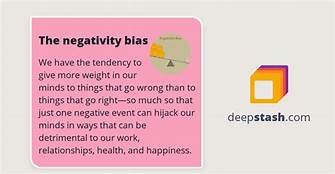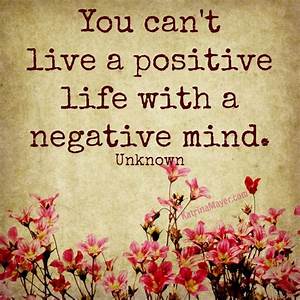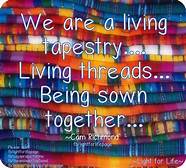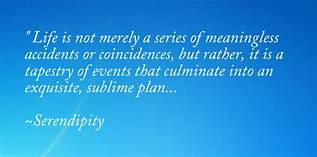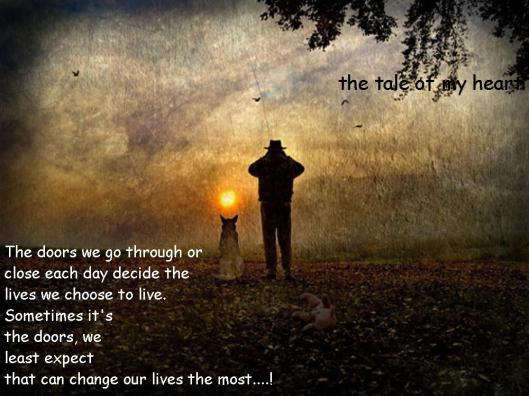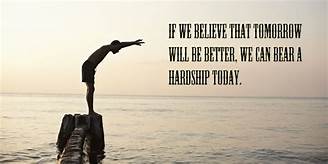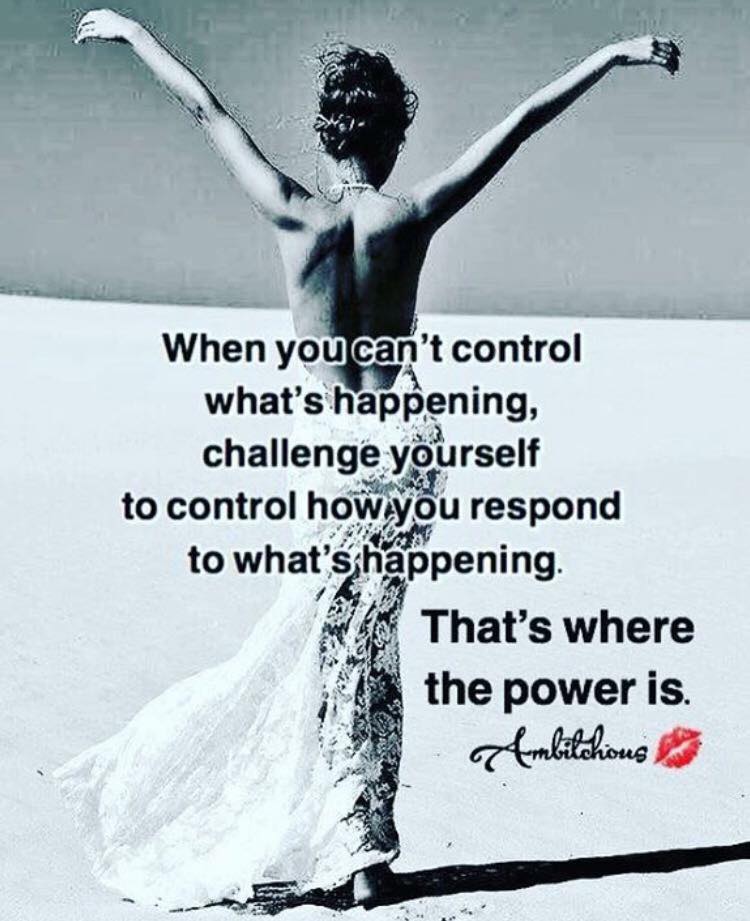In his new book Life is Messy, author and motivational speaker, Matthew Kelly writes, “Life is messy, but it isn’t just a mess. Life is also wonderful. But this is the perspective that departs us when we are in the thick of the mess.” Isn’t this the truth? Have you ever had what you would consider a great day going on and then something no-so-good happens? It seems that not-so-good moment then colors everything that follows as well as all the great that came before it. Why is that? Why do we let the messy times in our life overshadow the wonderful?
Psychologists say the reason for this is that the not-so-good (or negative) moments have a greater impact on our brains than the wonderful (or positive) moments. And, the psychologists call this negative bias (or negative attention bias). The focus on the not-so-good or the negative actually reshapes our perception into perceiving things as negative (and dwelling on them) causing us to miss all the wonderful going on.
One might think that just shifting to a “positive bias” would solve the issue of the messy overshadowing the wonderful. Unfortunately, it isn’t that easy. But, there are some things we can do to minimize negative bias. We can:
BE AWARE OF THE NEGATIVITY BIAS. Just be cognizant that the messy, the not-so-good or negative moments have a greater impact on our brains, so when the messy seems to dominate our thoughts, take a moment to reflect on what happened/is happening. Determine how much time and energy needs to be devoted to the situation. Avoid getting mired down in the messy.
LET GO OF THE ‘MESSY’ MOMENT. It is the holding on to and the rehashing of whatever was said or done that creates the ‘bad’ moment that gives it life – that gives it the power – to overshadow the wonderful. To move on with things and to recognize the wonderful, we must give up what is – give up the ‘messy’ moment. The sooner we are able to do this, the sooner we can move forward with things in perspective. Remember, the ‘messy’ moment is just that – a moment. It is but one part of our day; it doesn’t define the whole day; it is not the whole picture.
EXPECT TWISTS AND TURNS. Life is unpredictable and messy things are bound to happen. Melissa Chu (who helps people live better and build good habits at Jumpstart Your Dream Life) advises, “…if we learn to expect the unexpected, we’ll spend less time resisting life’s inevitable curveballs and more time proactively dealing with them.”
KEEP THINGS IN PERSPECTIVE. It is important to look at the messy moment and how it fits into the bigger picture. Keeping the messy moment in context can help with this. Self-help author Karen Salmansohn offers some wonderful advice, “PLEASE keep in mind that whatever you’re going through, this challenging time in your life is merely IN your life. It is NOT your WHOLE life. So be sure to keep this SLICE of your life in perspective and don’t let it overwhelm you. REMEMBER: Nothing is everything. The part is not greater than the whole.”
CHANGE THE MINDSET. We need to be careful with our self-talk. When we find ourselves focusing on the messy or interpreting things in a negative way, we need take a moment to remember the wonderful and to reframe our thoughts in a more positive orientation.
LIVE BY THE ‘THIS TOO SHALL PASS’ MOTTO. It is vital that we do not dwell or get lost in the messy side of life. Yes, acknowledge the messy, the negative, but don’t let that define things. Know that “this too shall pass.” Move beyond and look for the wonderful, the positive. Doing so gives us power and control over the messy, helps us remember the wonderful, and helps us move forward with our life journey.
PAY ATTENTION TO THE GOOD GOING ON IN OUR LIVES. Because the not-so-good (or negative) moments have a greater impact on our brains than the wonderful (or positive) moments, we need to give more attention to the wonderful, the positive, the good things happening in our lives. Focus on the moment and how it makes us feel; get that planted in our brains. The more we do that, the more we will be able to combat negativity bias.
REDIRECT OUR ATTENTION. When the wonderful departs us because of the messy, we need to do something that will distract us from the messy; something that will make us feel uplifted and joyful. It could be something as simple as baking one’s favorite item, taking a walk, reading a book…whatever activity brings a smile to our faces and our hearts.
MAINTAIN A GRATITUDE JOURNAL. Research from the field of positive psychology indicates that keeping track of the things for which we are grateful (and writing them down) helps take our mind’s focus away from negativity bias. Our gratitude journals should focus on people (instead of things), pleasant surprises that come our way, and the blessings in our life.
RELAX. Relaxation techniques are a great way to reduce anxiety and worries. When we are more relaxed, we will be able to keep things in perspective, looking at the situation a little more rationally. Creating a calm inner peace will help in dealing with the situation and with resulting emotions. Implement whatever works: meditation, prayer, deep breathing, guided imagery/visualization, mindfulness, progressive muscle relaxation, rhythmic exercise, walking, journaling, listening to music, etc.
VENT TO FRIENDS. Friends and family provide a measure of stability that is most helpful when dealing with messy/challenging situations. They listen, they encourage, they provide suggestions and advice, and they are just there to provide whatever support may be needed. Our friends and family can also help us put things in perspective and help us stay focused.
Since negative bias affects our decision making, relationships, how we view things, and perception of others, it behooves us to do what we can to minimize it. If we can, then the messy in life won’t overshadow the wonderful so much, making for a better life journey.


